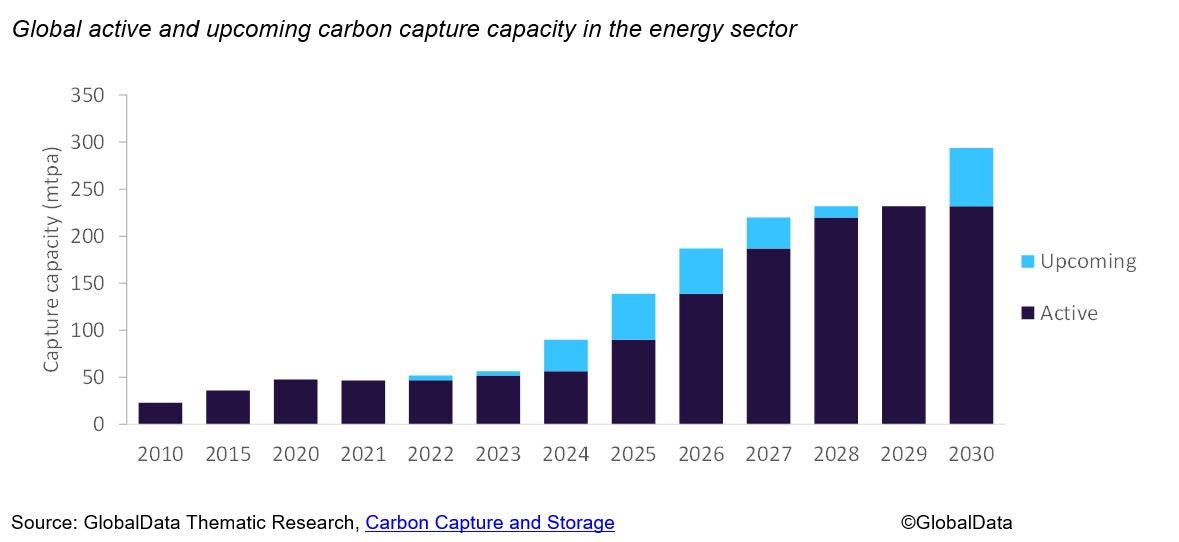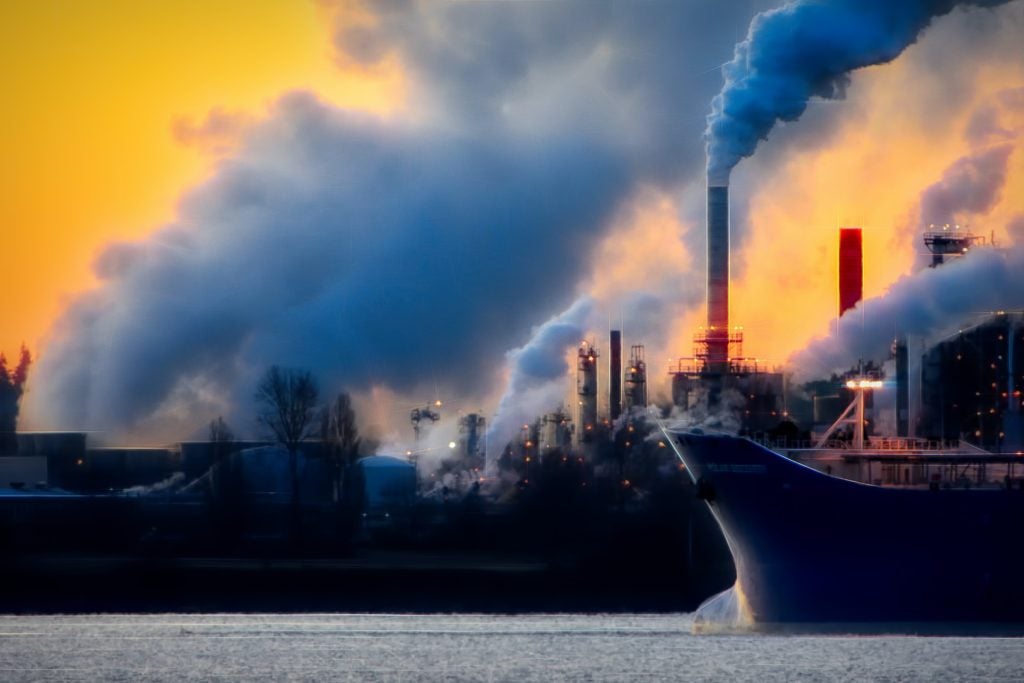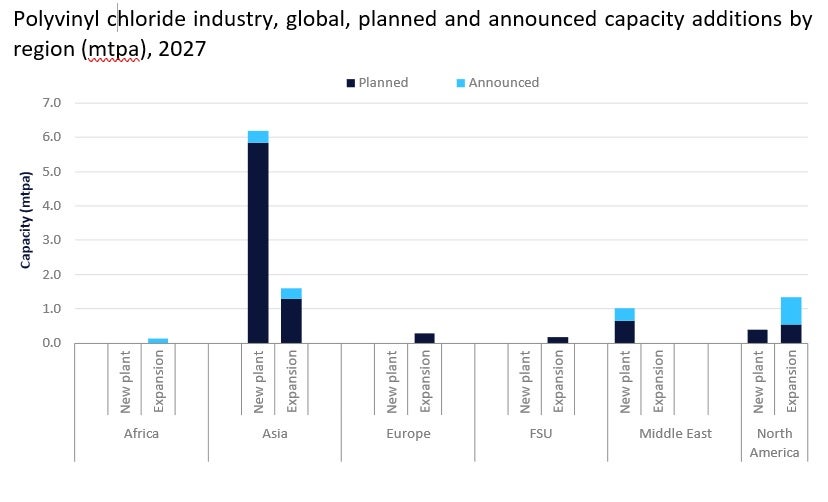
Carbon capture and storage (CCS) is an emission mitigation technology that will play a critical role in limiting global warming. It will be instrumental in decarbonising hard-to-replace industries such as gas-fired power plants. Thus, CCS will supplement renewable energy, hydrogen, and nuclear power in curbing global carbon emissions.
The world is increasingly reeling under the impacts of climate change. Extreme temperatures and draught are wreaking havoc in regions such as Europe and North America. This has intensified the need to work collectively towards restricting temperature increases to under 2° Celsius from pre-industrial levels. In its Sixth Assessment Report released in March 2022, the Intergovernmental Panel on Climate Change (IPCC) suggested several pathways to achieve this goal. The majority of these involved CCS.
ExxonMobil and Occidental Petroleum, the two leaders in CCS for enhanced oil recovery (EOR), estimate that the global CCS market could be worth approximately $4 trillion by 2050. This seems like a huge leap over the current 30-odd commercial-scale facilities operating globally. Nevertheless, it is in line with the IPCC’s estimate for the amount of carbon dioxide (CO₂) needed to be captured to mitigate climate change. The pace of CCS adoption is hindered by high costs and the identification of storage sites for the permanent injection of CO₂. These challenges could be overcome in due course with technological advancement. Until then, government incentives, such as in the US, will be essential in the deployment of CCS in industries.
Globally, over 30 commercial-scale CCS projects were active as of October 2022, with a cumulative capture capacity of approximately 40 million tonnes per annum (Mtpa). In the last two years alone, many oil and gas and power producers have unveiled plans to install CCS units within their facilities to mitigate emissions. Assuming that all the proposed projects come online, the global CCS capacity in the energy sector could rise to nearly 130Mtpa in 2025, and then expand further in the next five years to nearly 300Mtpa by 2030.
The processes involved in the CCS process- gas separation, compression, transportation, and injection in an underground formation- are familiar concepts to executives in the oil and gas industry. Oilfield workers have the necessary skillsets and technological know-how to implement these processes. Many companies, including ExxonMobil, Occidental, and Equinor, are already using CO₂ removal technologies in their facilities. This makes them strong contenders in leading the global CCS market. ExxonMobil and Equinor are at the forefront in decarbonising key industrial clusters in the US and Norway, respectively, while Occidental is playing an instrumental role in the commercialisation of direct air capture CCS plants.
Further details of oil and gas companies and their involvement in CCS can be found in GlobalData’s new report, ‘Carbon Capture and Storage’.





